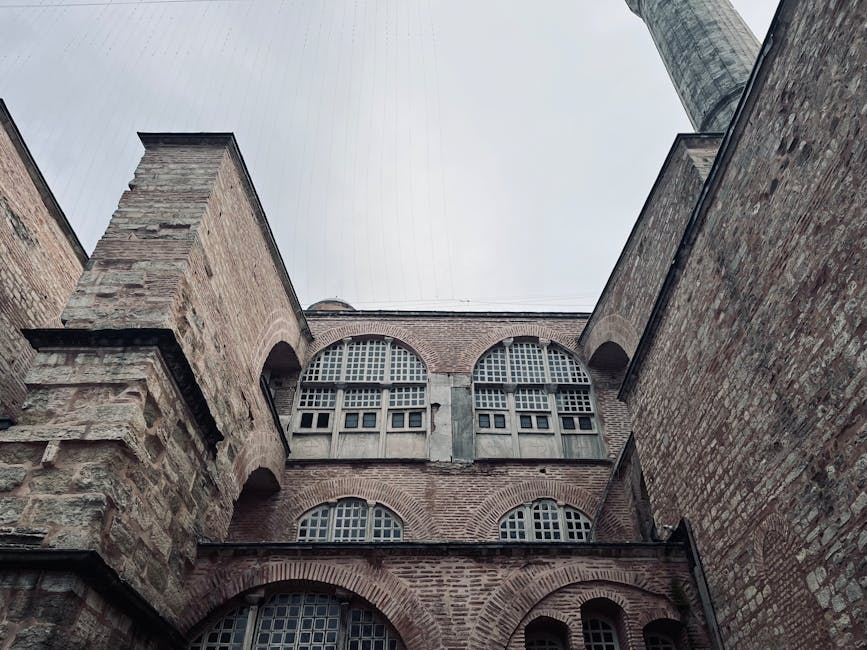Cultural Style Preservation: Honoring the Past, Shaping the Future
When we think about cultural heritage, we often envision ancient artifacts, traditional rituals, or historic monuments. However, one crucial aspect of preserving cultural identity that is often overlooked is the preservation of cultural style. From traditional attire to architectural designs, cultural style embodies the essence of a community’s history, values, and creativity. In this article, we delve into the significance of cultural style preservation, exploring its impact on identity, creativity, and societal cohesion.
The Importance of Cultural Style Preservation

Cultural style preservation plays a vital role in maintaining a connection to our roots and heritage. Through traditional clothing, jewelry, and artistic expressions, communities can honor their ancestors and keep their traditions alive. Additionally, cultural style serves as a visual representation of a community’s values, beliefs, and identity, offering a glimpse into their way of life.
Take, for example, the vibrant textiles of indigenous cultures in South America. Each garment is intricately woven with patterns that tell stories of their ancestors, the natural world, and their spiritual beliefs. By preserving these traditional designs, communities can pass down their customs and history to future generations.
Challenges in Cultural Style Preservation

Despite its importance, cultural style preservation faces numerous challenges in today’s rapidly changing world. Globalization, urbanization, and modernization often lead to the erosion of traditional practices and styles. As young generations embrace Western fashion trends and lifestyles, there is a risk of losing unique cultural expressions.
Furthermore, the commercialization of cultural style can also pose a threat to its authenticity. Mass production, cultural appropriation, and unethical practices can devalue traditional craftsmanship and undermine the significance of cultural symbols. It is essential to find a balance between preserving cultural heritage and adapting to contemporary demands.
Strategies for Cultural Style Preservation

Several strategies have been implemented to safeguard and promote cultural style preservation. One effective approach is to support local artisans and craftsmen who specialize in traditional techniques. By providing them with training, resources, and market access, communities can ensure the sustainability of their cultural practices.
Collaborations between designers, researchers, and indigenous communities have also proven to be successful in revitalizing cultural style. By combining traditional knowledge with contemporary design principles, new forms of expression can emerge that honor the past while embracing the future.
Technological Innovations in Cultural Style Preservation

Advancements in technology have revolutionized the way cultural style is preserved and promoted. Digital archives, virtual exhibitions, and online platforms have made it easier to access and share traditional designs with a global audience. Virtual reality and augmented reality technologies allow users to immerse themselves in cultural experiences like never before.
3D printing has also opened up new possibilities for preserving cultural artifacts and designs. Museums and heritage organizations can create exact replicas of ancient jewelry, pottery, or clothing, making them accessible to a wider audience while preserving the originals for future generations.
Education and Awareness
Education plays a crucial role in promoting the importance of cultural style preservation. Schools, museums, and community organizations can organize workshops, seminars, and exhibitions to raise awareness about the significance of traditional designs and techniques. By educating the public, we can instill a sense of pride and appreciation for our cultural heritage.
Furthermore, inclusion and diversity initiatives in the fashion and design industries can help promote cultural exchange and collaboration. By showcasing the work of artisans from different backgrounds and traditions, we can celebrate the richness and diversity of global cultures.
Sustainable Fashion and Cultural Style Preservation
As the fashion industry grapples with issues of sustainability and ethical practices, there is a growing interest in incorporating traditional craftsmanship and cultural style into modern designs. Sustainable fashion brands are increasingly partnering with indigenous communities to source materials ethically and support fair trade practices.
By promoting sustainable fashion practices and ethical production methods, we can not only preserve cultural style but also support the livelihoods of artisans and craftsmen around the world. This intersection of tradition and innovation offers a path towards a more inclusive and environmentally conscious fashion industry.
Preserving Cultural Style in Architecture
Architecture is another important facet of cultural style preservation. Traditional building techniques, materials, and designs reflect the identity and heritage of a community. Preservation efforts often focus on restoring historic buildings, monuments, and landmarks that hold cultural significance.
Adaptive reuse, where historic structures are repurposed for modern use, is a sustainable approach to preserving architectural heritage. By incorporating traditional elements into contemporary designs, architects can create harmonious spaces that bridge the past and the present.
Conclusion: Celebrating Diversity, Preserving Identity
Cultural style preservation is more than just a means of safeguarding traditionsit is a celebration of diversity, creativity, and identity. By honoring our cultural heritage through clothing, art, architecture, and design, we preserve the stories and legacies of our ancestors for future generations to cherish.
As we navigate an increasingly interconnected world, it is essential to embrace the richness of global cultures and support initiatives that promote inclusivity, sustainability, and respect for cultural diversity. Through collaborative efforts, education, and technological innovation, we can ensure that cultural style continues to thrive and inspire generations to come.
To wrap things up, let us remember that cultural style is not just about what we wear or how we buildit is a reflection of who we are, where we come from, and where we are headed. Let us continue to celebrate our differences, preserve our traditions, and create a world where cultural diversity is not only respected but embraced.




